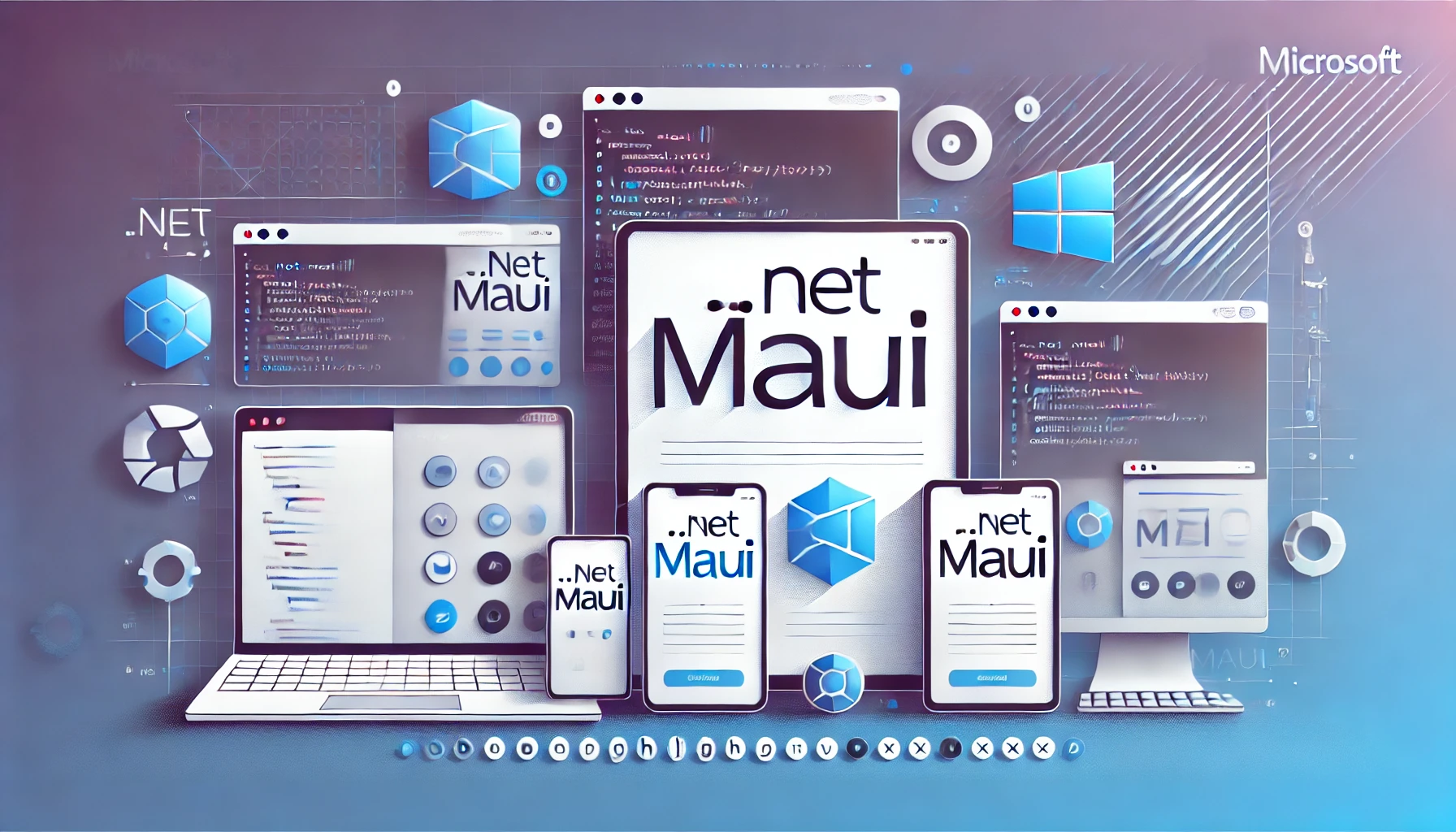Introduction
The technology landscape is constantly evolving, and Microsoft continues to expand its ecosystem to meet modern development needs. One of the most exciting additions to the .NET platform is .NET MAUI (Multi-platform App UI). Designed to simplify cross-platform app development, .NET MAUI allows developers to create native applications for Android, iOS, macOS, and Windows—all from a single codebase. Building upon the success of Xamarin.Forms, MAUI offers improved performance, streamlined architecture, and native access to device-specific features. For developers looking to consolidate their tooling and produce modern, performant applications, .NET MAUI is worth a closer look.
A Unified Framework
.NET MAUI embodies the concept of “write once, run anywhere.” By offering a unified framework, developers no longer have to maintain separate projects for each platform. Instead, you get a single project structure that handles platform-specific targets, resources, and UI elements. Under the hood, it still leverages the power of .NET 7 (and onward), giving you access to familiar tools like C#, XAML, and NuGet packages. This simplification helps teams collaborate efficiently and reduces overhead when managing multiple platforms.
Enhanced UI and Controls
A standout feature in .NET MAUI is its library of cross-platform controls that render natively on each operating system. That means your buttons, text fields, and other interface components look and behave like native elements. Rather than dealing with custom renderers—as was common in Xamarin.Forms—.NET MAUI provides a more direct and flexible approach for customizing UI. With modern features like Hot Reload, developers can quickly iterate on designs and see changes almost instantly. This real-time feedback loop speeds up the development process, making it easier to perfect the user experience.
Performance and Productivity
Performance has always been a primary concern for cross-platform apps. .NET MAUI addresses this by improving rendering pipelines, startup times, and memory usage. Much of these enhancements come from the underlying .NET runtime optimizations. Pair these with advanced debugging tools in Visual Studio, and you get a smoother path to building and optimizing your applications. Productivity also sees a boost with features like IntelliSense, integrated testing, and robust debugging across all supported platforms, ensuring you can rapidly diagnose issues and push out updates.
Native Platform Integrations
Modern apps often require deep integration with native functionalities like camera access, geolocation, and push notifications. .NET MAUI provides simplified access to these features through the .NET MAUI Essentials library, which abstracts platform differences behind a single, uniform API. You can write one set of code, and it will tap into the native capabilities of Android, iOS, macOS, or Windows. This approach saves development time and reduces inconsistencies across platforms.
Looking Forward
As the successor to Xamarin.Forms, .NET MAUI signifies Microsoft’s dedication to streamlining app development in the .NET ecosystem. It delivers the flexibility of a single codebase without sacrificing the performance and look of native apps. Whether you’re a seasoned Xamarin developer or new to the .NET world, .NET MAUI provides an exciting and powerful way to build cross-platform solutions.
Conclusion
By unifying the project structure, enhancing UI capabilities, and boosting performance, .NET MAUI empowers developers to craft high-quality, native apps with minimal friction. If you’re aiming to simplify your cross-platform journey, exploring .NET MAUI is a strategic move that can pay off with streamlined development, consistent user experiences, and a thriving ecosystem of tools and libraries.


